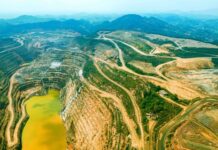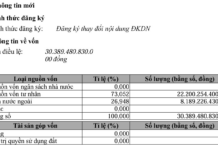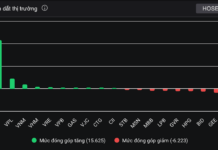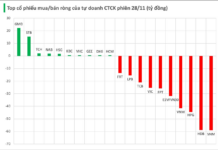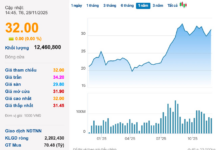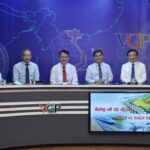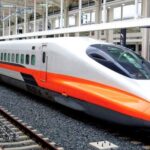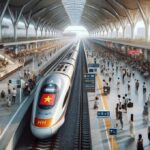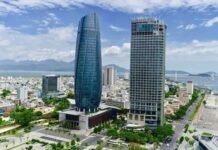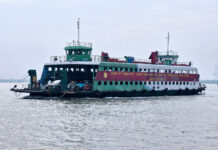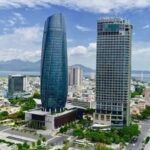High-Speed Rail: Seizing Opportunities and Overcoming Challenges
On October 29th, the Government Portal held a seminar on “High-Speed Rail: Seizing Opportunities and Overcoming Challenges” to analyze and clarify issues of public interest related to the project, including funding sources, speed, and economic and social impacts.
Speaking at the seminar, Deputy Minister of Transport, Nguyen Danh Huy, shared that his ministry has been researching high-speed rail for 18 years, and that “this is the appropriate time to build the North-South high-speed rail line to appropriately restructure the transport market share.”
Deputy Minister of Planning and Investment, Tran Quoc Phuong, expressed his agreement with the content shared by Deputy Minister Nguyen Danh Huy regarding the necessity, timing, and maturity of constructing the North-South high-speed rail line, as well as the technical aspects and implementation plan.
Mr. Phuong pointed out that this is the largest project in the history of public investment in Vietnam, with an estimated total cost of nearly $70 billion. This level of investment will impact economic growth throughout the project’s construction. Specifically, a preliminary assessment indicates that investing this amount from now until 2035 will increase GDP by approximately 0.97 percentage points. “This is a significant figure, contributing to the overall growth of the economy,” said the Deputy Minister of Planning and Investment.
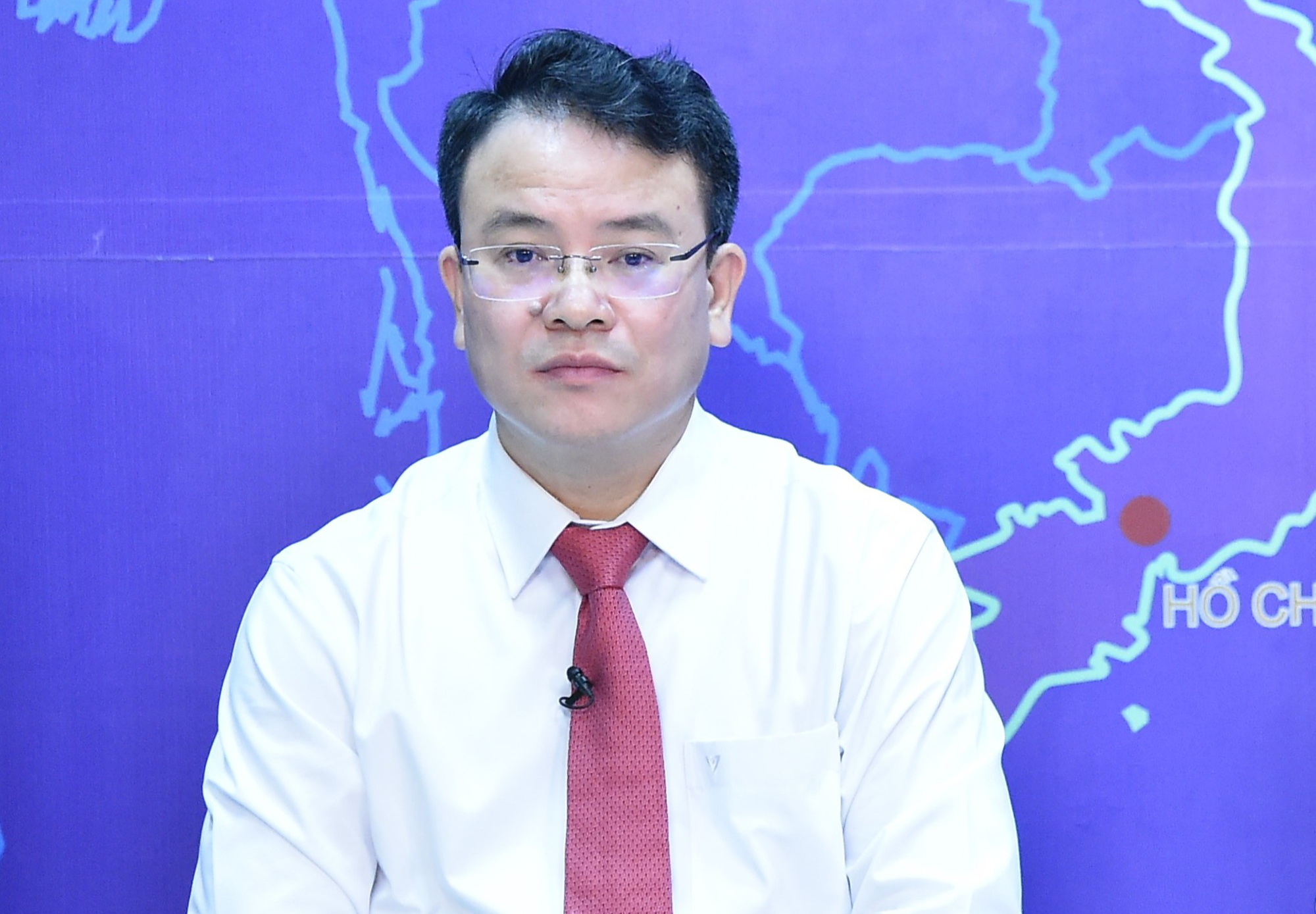
Deputy Minister of Planning and Investment Tran Quoc Phuong – Photo: VGP/Duong Tuan
Mr. Phuong identified at least seven areas that will benefit from the implementation of the North-South high-speed rail project. Firstly, the project will impact Vietnam’s construction sector within the GDP structure as it is a construction installation.
Secondly, it will affect ancillary industries that serve this project, such as the supply of construction materials, including common materials like sand, gravel, and specialized materials like iron and steel for tracks or other structures.
The third area of impact is the service sectors that will cater to the project, such as finance, banking, and capital mobilization services.
Fourthly, the project will have a positive effect on urban development. The high-speed rail line will feature over 20 stations from North to South, each with attached urban areas. This is a driver for development, as we recognize that urban development is a critical engine for economic and social progress.
Fifth, the project will impact the extraction industries once it becomes operational, particularly in the tourism sector.
Sixth, it will create employment opportunities. This large-scale project will require a significant workforce, generating a substantial number of jobs.
Additionally, Deputy Minister Tran Quoc Phuong highlighted that the project will positively impact the transport sector, contributing to its modernization, and increasing its business volume, productivity, and capacity with a new railway system.
Moreover, once the project is operational, it will enhance the competitiveness of the economy, particularly by reducing logistics costs, which will significantly benefit industries and businesses that utilize the high-speed rail network.
Positive Socio-Economic Impact of High-Speed Rail
During the seminar, in response to a question about the public’s expectations from the nearly $70 billion project, Mr. Tran Quoc Phuong shared that regular passengers are likely eager to experience this mode of transportation. “Currently, to use this type of transport, one has to go abroad, but with this project, people will be able to do so in their own country, which is the dream of many Vietnamese,” he said.
Apart from passengers, Mr. Phuong added that entrepreneurs and business people are also eagerly awaiting the formation of this high-speed rail line as it presents numerous opportunities for them. They will be able to leverage the benefits of this line in various sectors, from production and business to cargo transportation and, especially, the development of urban infrastructure, real estate, and other businesses.
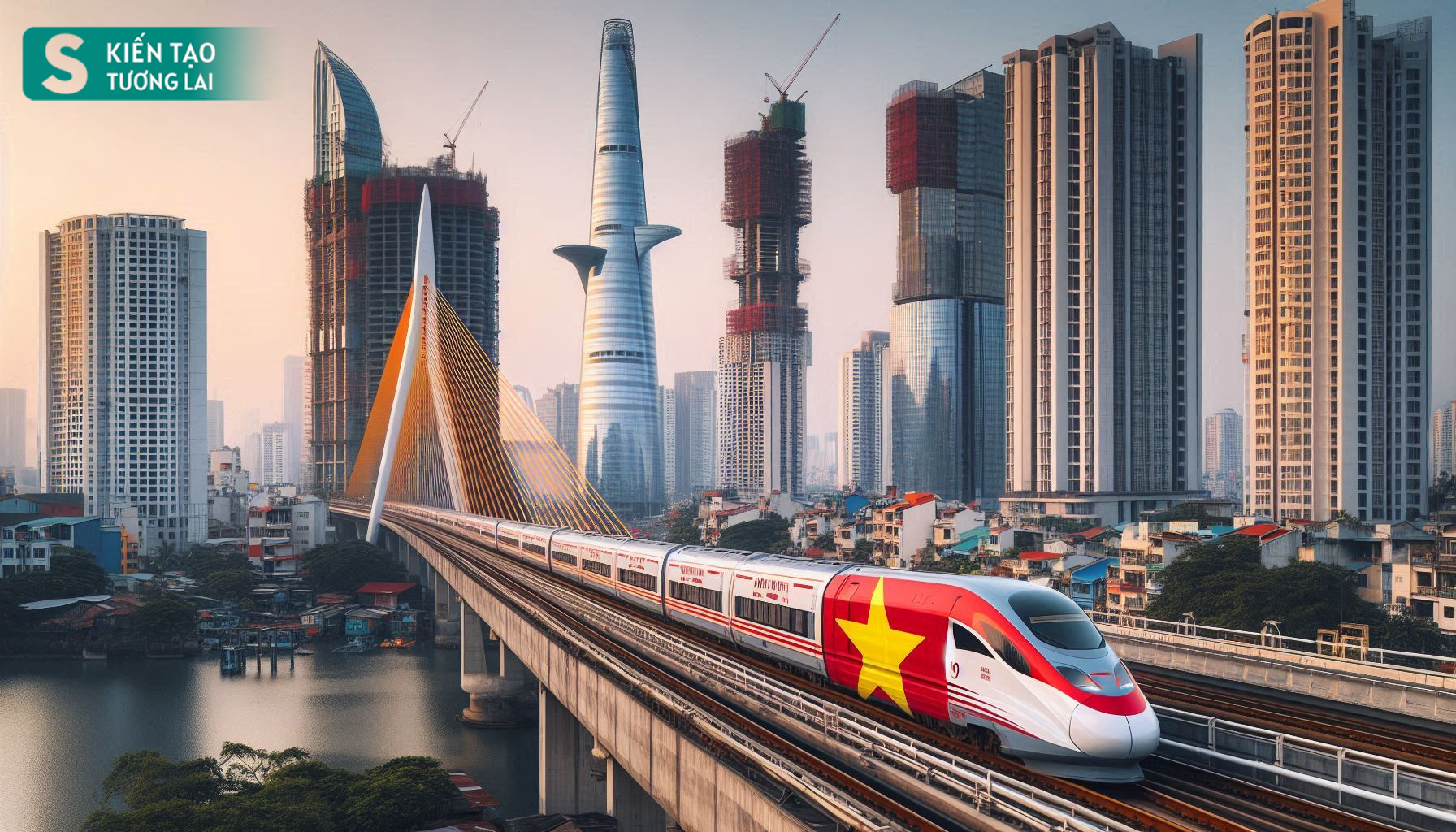
High-speed rail will positively impact the socio-economic landscape – Illustrative image created by AI Chat GPT
The Deputy Minister of Planning and Investment assessed that “this line will have a positive impact if we do it well and quickly. The investment will directly impact GDP in the initial phase, and the ripple effects will be even more significant later on, possibly surpassing our current calculations.”
The North-South high-speed rail project has a total length of approximately 1,541 km, with double tracks and a standard gauge of 1,435 mm. The project includes 938 km of bridges, 154 km of tunnels, and 449 km of ground-level tracks.
According to the Ministry of Transport, the line will have 23 passenger stations, 5 freight stations, and 5 passenger train depots.
During the project, 85 EMU passenger trains (8 cars per train) and 30 freight locomotives will be purchased, along with 1,250 freight cars. Additionally, during the operation phase, the operating enterprise is expected to procure 280 additional cars in 2040 and 472 more high-speed cars and 344 standard cars.
High-Speed Rail Project: Transforming Vietnam with Far-Reaching Impact on 7-8 Key Sectors
Deputy Minister of Planning and Investment Tran Quoc Phuong stated that, based on initial assessments, the high-speed rail project is the largest-scale project to date, with an estimated total investment of nearly $70 billion. If this amount is invested from now until 2035, the project’s impact is expected to increase GDP by approximately 0.97 percentage points. Additionally, this project will have a direct impact on 7-8 sectors.
The Finance Ministry’s Vow: High-Speed Rail Project Funds Secured with Meticulous Planning
For the project’s resource allocation, Deputy Minister of Finance Bui Van Khang affirmed that the financial preparations for the high-speed rail project are on track to ensure the highest level of financial resources according to the approved timeline. The implementation of the project remains aligned with the Resolution No.49-NQ/TW of the Politburo and the Resolution of the 10th Plenum of the Party Central Committee.
Clarifying the Localization Potential of the High-Speed North-South Railway
“A critical evaluation of the pre-feasibility study report for the high-speed North-South railway project is warranted. The Ministry of Planning and Investment has requested the Ministry of Transport to elucidate the potential for enhanced localization and technological mastery. Furthermore, a comprehensive assessment of the advantages of public investment compared to alternative financing models, especially for sections without a discernible advantage for railway development, is imperative.”











